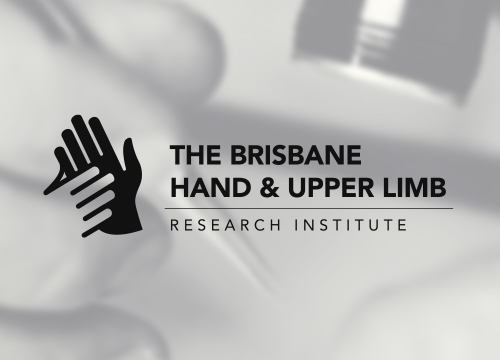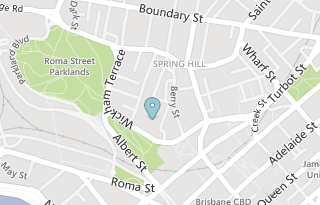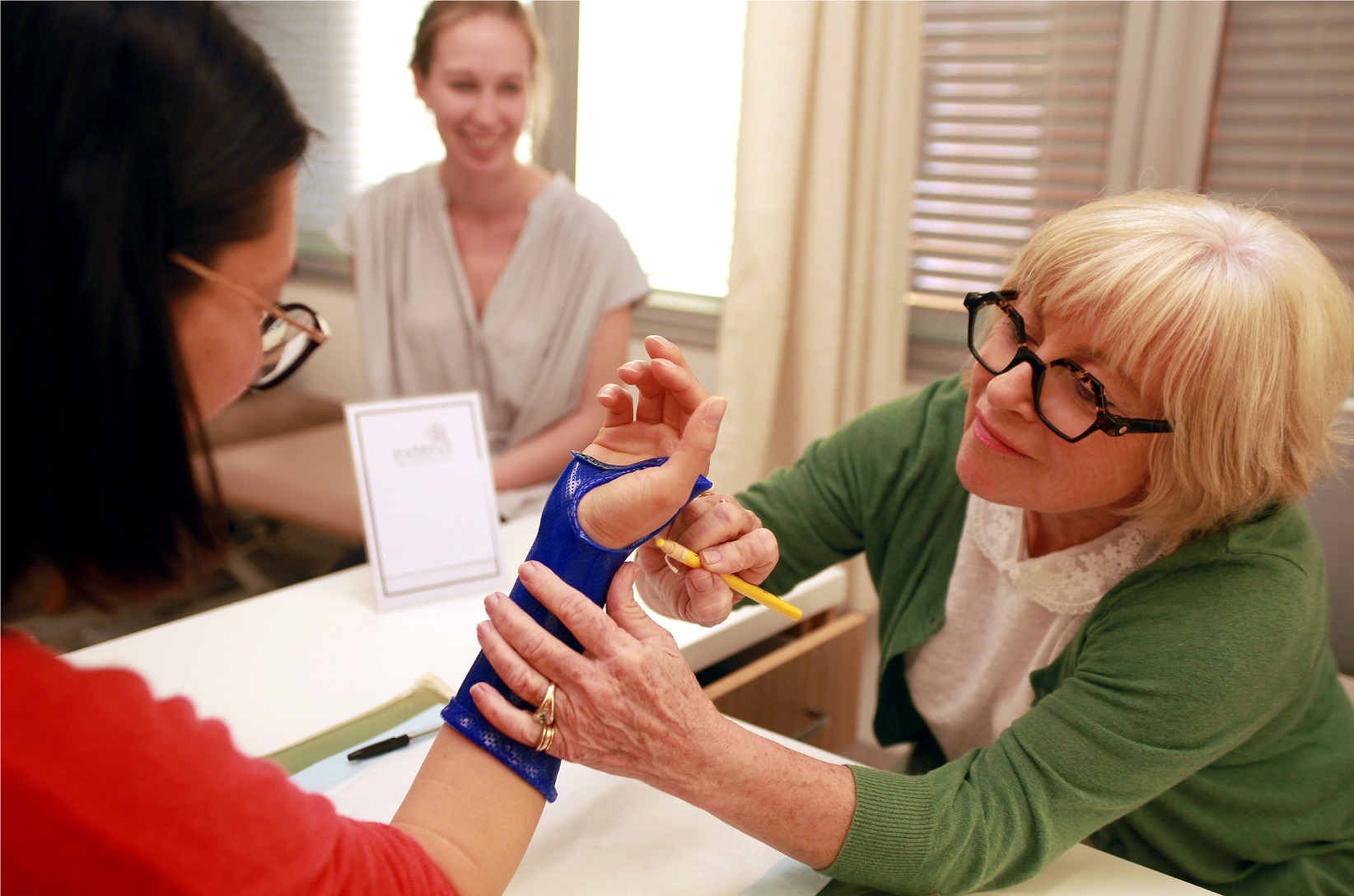Mark Ross, Martin, Wiemann, Susan Peters, Greg Couzens
The purpose of this study was to assess the influence of cartilage thickness at the sigmoid notch on the inclination of the distal radioulnar joint (DRUJ). In 100 dorso-palmar wrist x-rays and corresponding coronal MRI images (Proton density fat saturated, 3 Tesla) of the same patients, cartilage thickness at the sigmoid notch and DRUJ inclination were determined. Measuring against the long axis of the ulna, the DRUJ inclination angle was first evaluated using the cortical bone at the sigmoid notch (on both plain x-ray and MRI) and then using the cartilage at the sigmoid notch on MRI. For all measurement techniques, the prevalence of Tolat Type 1 (sigmoid notch inclination parallel to long axis of ulna), Type 2 (inclination oblique facing proximally) and Type 3 (inclination oblique facing distally), as well as the number of type shifts between the evaluations were noted.
Use of the cartilage at the sigmoid notch rather than the bone cortex for measuring the inclination at the DRUJ produces a significant shift in the prevalence of Tolat types 1 and 3. These findings call into question the conventional wisdom that ulnar shortening osteotomies are contraindicated in patients whose DRUJ demonstrates reverse oblique inclination (Tolat type 3) on plain x-ray. MRI should be considered in these Tolat types to better clarify the significance of DRUJ inclination in relation to ulnar shortening osteotomy or other procedures at the DRUJ.
This study has been completed. The results of this study have been presented at various national and international conferences, and has been submitted for publication.




